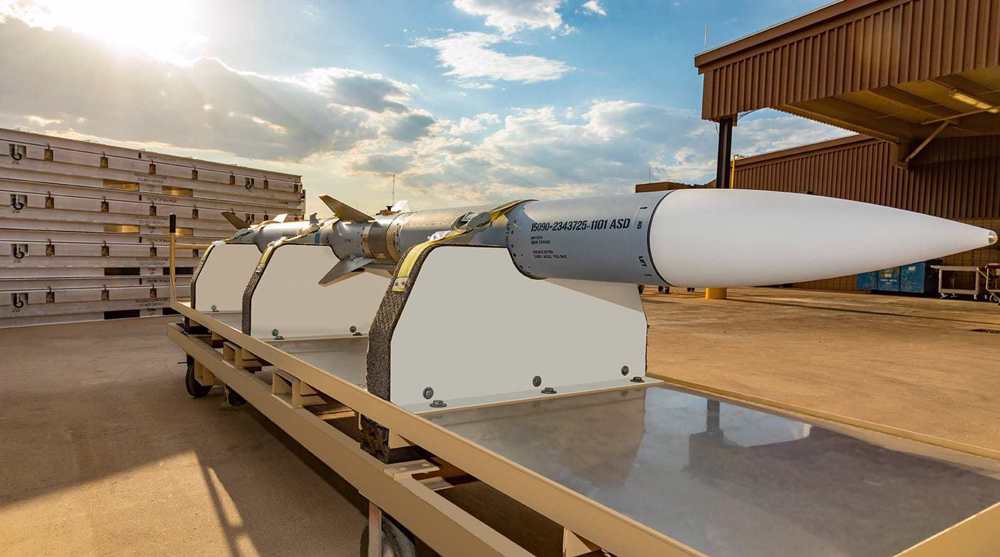Philippines gets new Israel missiles to boost naval capabilities
The Philippines has completed the purchase of its first-ever ship-borne missile systems as part of a military modernization program and for the expansion of its naval capabilities in the disputed South China Sea.
Arsenio Andolong, Philippine Defense Ministry spokesman, said on Wednesday that the Israeli-made Spike ER missiles were fitted on locally manufactured gunboats, known as multi-purpose attack craft.
An unnamed senior naval commander said the Philippines would now be more of a force in patrolling the South China Sea and its pirate-plagued southern waters. “It will be a deterrent because, this time, we have a credible armament that can strike a punch whether the target is a small or large ship.”
The missiles have a maximum range of eight kilometers (5 miles). The Philippines is paying $11.6 million in total for the system. In addition to that, the Southeast Asian country’s warships will be also armed with advanced, longer-range missiles.
The Philippines has allocated 125 billion peso ($2.41 billion) over the next five years to acquire frigates, fighter jets, helicopters, surveillance planes, drones and radar systems.
Philippine President Rodrigo Duterte has formed an alliance with China while military nurtures ties with the US and its allies.
In recent years, the Armed Forces of the Philippines (AFP) has placed orders for a range of equipment, including missile systems, armored personnel carriers, and radars, from several Israeli firms.
China claims nearly all of the South China Sea, despite partial counterclaims by Brunei, Malaysia, Taiwan, Vietnam and the Philippines.
China has repeatedly criticized US military presence in the region and suspects the military drills are part of efforts to contain Beijing.
Washington's military presence in the region, halfway around the world, has also led to worries of an increasing risk of accidental collisions that could spark a consequential wider conflict.

The United States presumes it would be limiting China’s maritime influence in the sea by invoking “freedom of navigation” rights. Furthermore, the US has been taking sides with several of China’s neighboring countries in their territorial disputes in the busy sea, in which five trillion dollars in ship-borne trade passes annually.
China has, in response, accused Washington of meddling in regional issues and deliberately escalating the situation in the region.
Jan. 15: ‘Axis of Resistance’ operations against Israeli occupation
VIDEO | US fires: Criticism mounts over govt. failure to respond
VIDEO | Fears, hope in Gaza amid intensified ceasefire efforts
VIDEO | Press TV's news headlines
Hamas: Ceasefire agreement result of steadfastness, resistance in Gaza over 15 months
Hamas thanks Iran, Resistance Front following achievement of ceasefire in Gaza
'Capitulation': Israeli officials and media concede Gaza defeat as truce unfolds
'Gaza has won': Social media users react to ceasefire with mix of relief, joy










 This makes it easy to access the Press TV website
This makes it easy to access the Press TV website